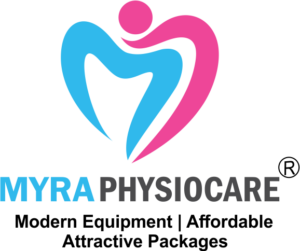Breathlessness Physiotherapy
Breathlessness, also known as dyspnea, can be caused by a variety of factors, such as chronic obstructive pulmonary disease (COPD), asthma, heart failure, or anxiety. Physiotherapy can be an effective treatment option for breathlessness, especially if the condition is related to respiratory or lung issues.
Physiotherapy treatment for breathlessness may involve a combination of techniques, including:
- Breathing exercises: These exercises aim to improve lung function and reduce breathlessness. They may include deep breathing exercises, pursed lip breathing, and diaphragmatic breathing.
- Airway clearance techniques: These techniques aim to remove mucus and other secretions from the lungs, improving lung function and reducing breathlessness. They may include techniques such as coughing, huffing, postural drainage, percussion, and vibration.
- Exercise: Regular exercise can help improve lung function and reduce breathlessness. It is important to choose the right type of exercise for your condition and level of fitness. Your physiotherapist can help you design an exercise program that is safe and effective for you.
- Education and self-management: Learning about your condition and how to manage it can help reduce the severity and frequency of breathlessness. Your physiotherapist can provide education and support to help you manage your symptoms and improve your quality of life.
- Oxygen therapy: In some cases, oxygen therapy may be necessary to manage breathlessness. Your physiotherapist can help determine if oxygen therapy is right for you and provide guidance on how to use it safely and effectively.
It is important to work with a qualified and experienced physiotherapist who can develop a treatment plan tailored to your individual needs and condition. Your physiotherapist may work in collaboration with other healthcare professionals, such as your doctor, to ensure that you receive comprehensive care.
